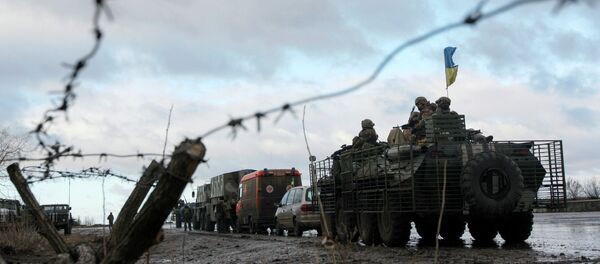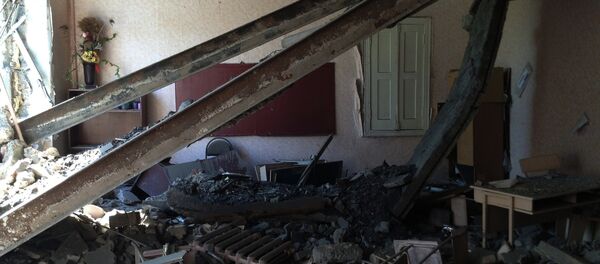"The withdrawal will take more than two-three days, knowing how it works technically. In other words, it will involve protocols, specific correspondence, and implementation of control procedures," DPR parliament speaker Andrei Purgin told RIA Novosti.
Purgin stressed that the withdrawal could start only after a sustained ceasefire has been established in the contested Donbas region, as stipulated by new peace agreements between Kiev and self-proclaimed Donetsk and Luhansk people's republics.
After the summit, a Contact Group – envoys from Russia, Ukraine, militias and the OSCE security group – signed a 12-point plan that outlined steps needed to resolve the crisis.
The new peace deal on East Ukraine standoff includes a comprehensive ceasefire in eastern Ukraine to come into effect on February 15. According to the deal, the ceasefire must be followed by the withdrawal of heavy weapons that should start "no later than on the second day of the ceasefire and be completed within 14 days."
Multiple rocket launchers will be withdrawn even further from each other, at a distance of 70 kilometers (43.5 miles), with a maximum 140-kilometer (87 miles) security zone for multiple missile launch systems Tornado-S, Smerch, Uragan and tactical missile systems Tochka U.





